Our favourite places to stay on this sleepy Cebu island.
Study Shows Philippines Among Laziest Walkers with Only 4,000 Steps a Day: Here's Why
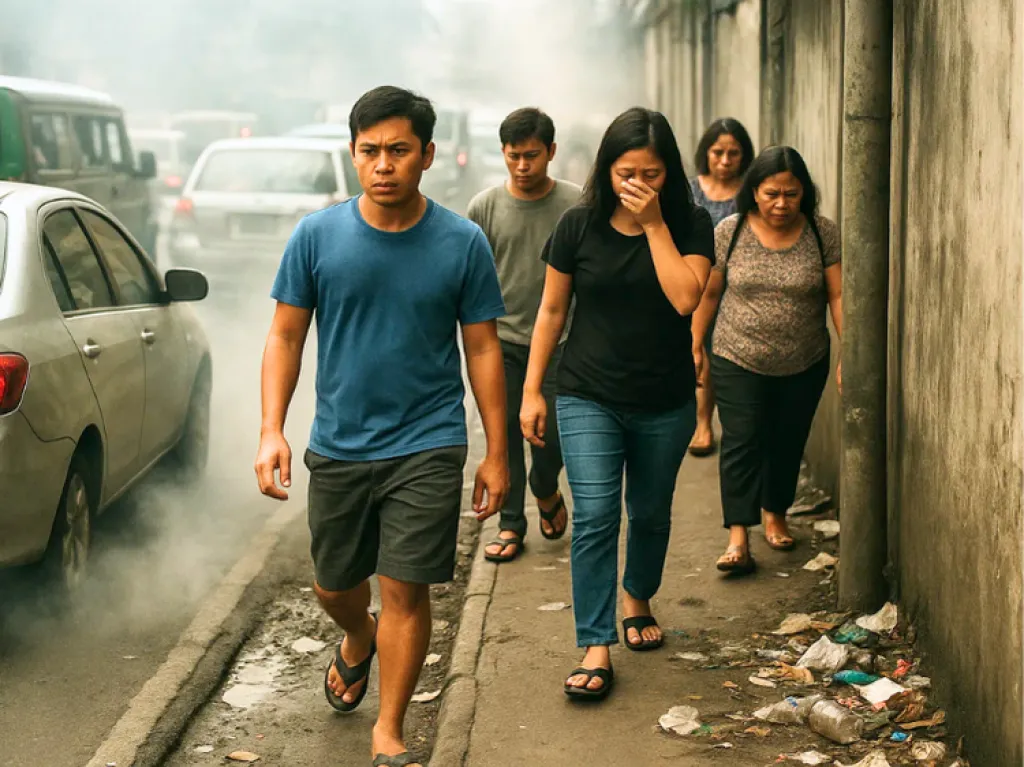
Filipinos are walking less than almost everyone else in the world. A new Stanford study says we average just 4,000 steps a day, making us one of the laziest countries for walking. For context, Hong Kong leads with nearly 7,000 steps daily. That’s almost double what we do.
But before you roll your eyes and blame it on laziness, let’s talk about the real issue. It’s not that we, Filipinos, HATE walking. It’s that our cities make it almost IMPOSSIBLE.
The numbers are alarming…
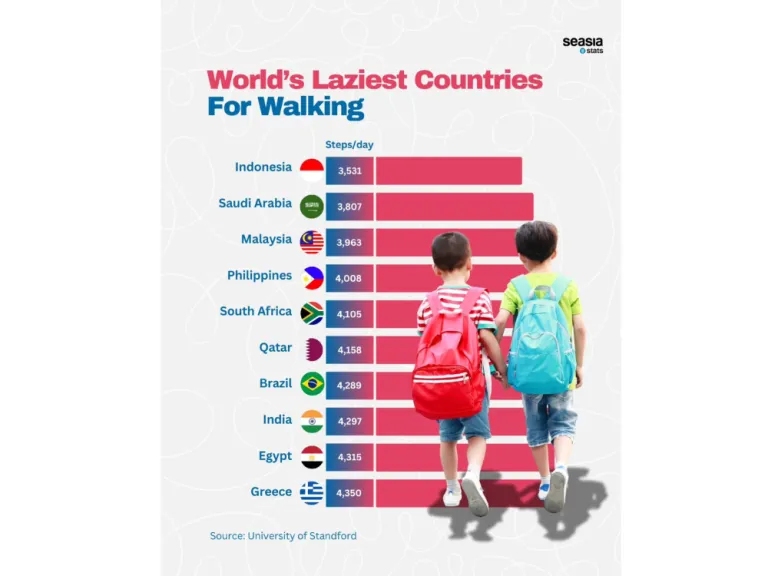
Image credit: University of Stanford
The Stanford study looked at over 700,000 people across 111 countries to map out walking habits. Indonesia came out lowest with only 3,500 steps a day, while Hong Kong topped the list at nearly 7,000.
The Philippines? We sit right in the bottom tier at 4,000 steps. That’s not even half of the 10,000 steps many health experts recommend. The World Health Organization says we need at least 150 minutes of exercise per week to stay healthy. Clearly, we’re nowhere near that. And this gap shows up in our rising health risks like obesity, diabetes, and heart problems.
It’s NOT us. It’s our cities!
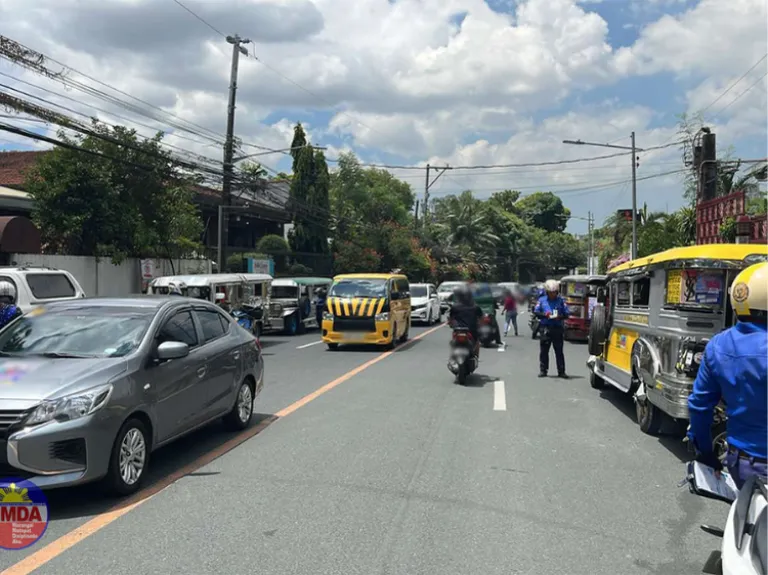
Image credit: MMDA Facebook Page
Let’s be real, walking in the Philippines is not easy! Sidewalks disappear or turn into parking spaces. Pedestrian lanes are blocked. Pavements are CRACKED, UNEVEN, or just plain dangerous. And don’t get me started on the heat, smoke, and noise pollution.
As a Bulakenya, passing through such roads every day of my life is nothing new. I have to go through such awful experience on my way to my previous job. No wonder the province is infamously called as LUBACAN. Bumps and puddle of water everywhere.
Our urban planning has always prioritised cars and motorbikes over people. Affordable loans make motorised vehicles tempting, while pedestrians are left to figure out how to squeeze through whatever’s left of the road. Then, you'll see these car-owning scums parking in literal sidewalks or roads! BIGGEST PET PEEVE. So, if people choose to ride instead of walk, can you really blame them?
Also read: You Won’t Believe How Safe, Clean, and Walkable Iloilo City Is (Even the Cats Prove It)
What walkable cities look like
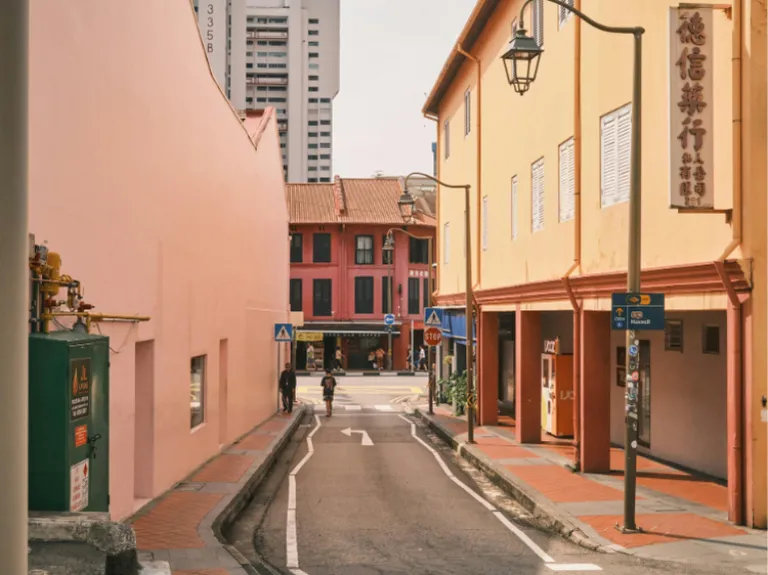
Image credit: Canva Pro | A street near Chinatown in Singapore
Now compare that to cities like Hong Kong and Singapore. There, walking is not a chore - it’s the default. Wide sidewalks, safe crossings, shaded routes and streets that connect smoothly to public transport make walking part of everyday life.
The Stanford study made it clear: infrastructure plays a huge role in how much people move. If the city makes walking safe and convenient, people will naturally walk more. If not, they’ll find another way. And in the Philippines… that way is usually a tricycle, jeep, or motorbike.
Why Filipinos walk abroad but not at home
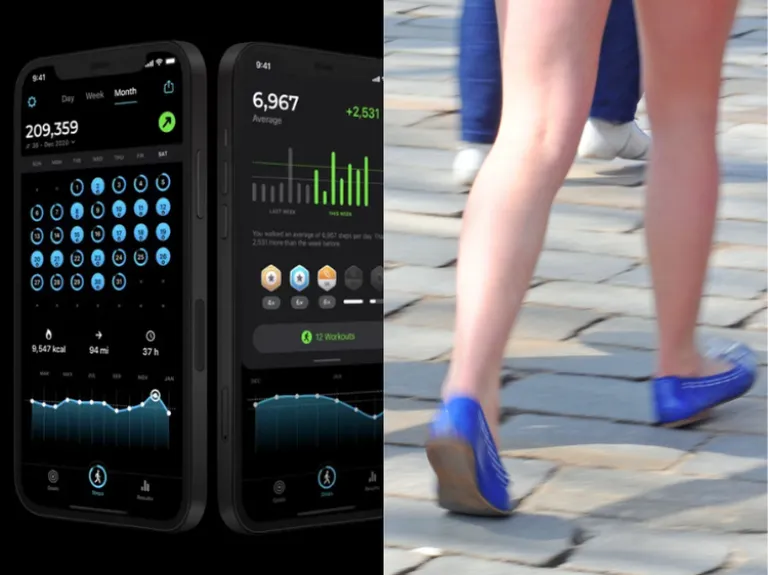
Image credit: Canva Pro
Here’s the funny part… when Filipinos travel, suddenly we’re Olympic-level walkers. A day in Tokyo, Seoul, or Paris? We hit 15,000 to 20,000 steps without complaint. We even brag about it. Why? Because walking in those places is safe, scenic, and actually enjoyable.
Back home, though, we’re stuck at 4,000. Not because we don’t want to walk, but because our cities are built to make us stop. That’s the real laziness! Not of the people but of the system that refuses to prioritise pedestrians.
Also read: 8 Walkable and Bike-Friendly Cities in the Philippines
Honestly…
This study should be a WAKE-UP CALL! Walking is the cheapest and simplest exercise we have, yet our cities make it harder than it should be.
We don’t need MORE MALLS!!! What Filipinos need are PARKS, SAFE SIDEWALKS, and CLEAN STREETS where people can move freely and gather outdoors. Taxpayers DESERVE liveable cities that make walking a NORMAL part of everyday life!
If we want HEALTHIER COMMUNITIES, we need streets BUILT FOR PEOPLE and not just for cars!!! Until then, every extra step you take is already a small victory for your health.
Published at
About Author
Wynona Purl
Subscribe our Newsletter
Get our weekly tips and travel news!
Recommended Articles
10 Bantayan Island Resorts, Hotels, and Rentals for Your Tropical Escape 14 Best Credit Cards for Travel in the Philippines The only plastic we need for travel.
10 Best Mountain Cafes in the Philippines for Your Peak Coffee Experience Coffee date on the mountains, anyone?
10 Creative Hangout Spots Around Metro Manila for Artsy Souls Looking for a place to meet fellow artists and thinkers? Here are 10 collaborative spaces in Metro Manila where creatives can hang out, brainstorm, and build ideas.
10 Family Outing Ideas in Metro Manila Under ₱500 Looking for a weekend bonding with the family under ₱500? Head to these places, pronto!
Latest Articles
Cup of Joe Stardust Concert Takes Fans on a Cosmic Journey Immersive cosmic concert experience
Sandara Park Never Gets Tired of Returning to the Philippines Why Sandara loves Philippines
Nadine Lustre Vibes, Sierra Madre, Luzon’s Guardian Mountains Adventure and nature combined
Travelling After Typhoon Uwan May Re Enter PAR, What You Need to Know Northern Luzon travel update
Buntun Bridge in Tuguegarao Closed Due to Rising Water Levels Bridge closed amid high waters

